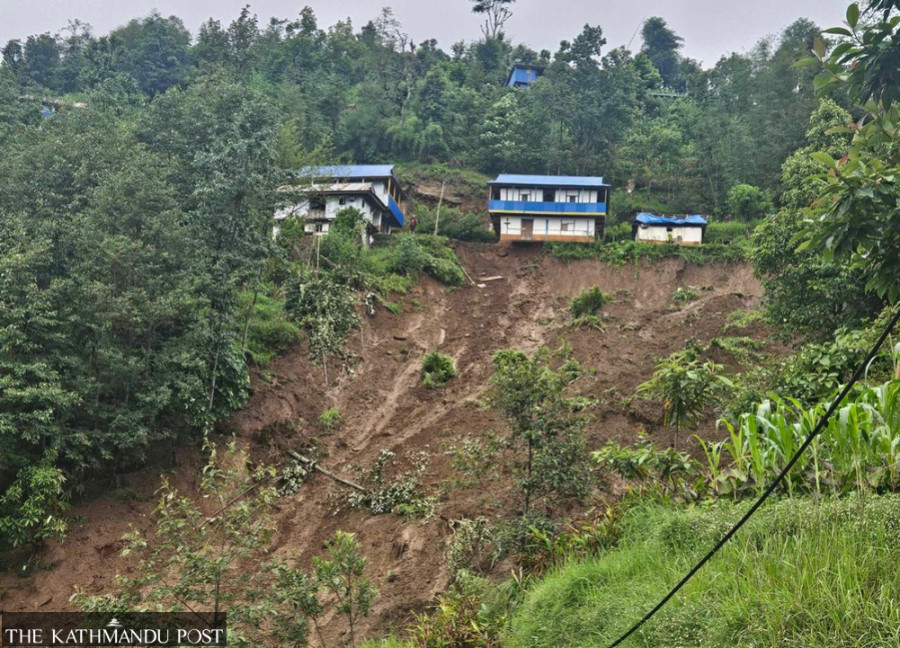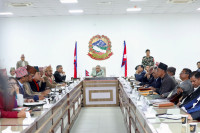National
Over 73,000 families affected by disasters in Koshi Province over a decade
Lightning, landslides, floods, and earthquakes wreak havoc as Koshi emerges as a disaster-prone region.
Parbat Portel
Koshi Province has seen over 11,937 disaster incidents in the past decade, leaving more than 73,000 families directly affected and claiming lives of 1,028 people, according to recent data.
Natural and man-made disasters—including lightning, landslides, floods, fires, and earthquakes—have made Koshi a vulnerable region in terms of disaster risk. Ram Kumar Dahal, a disaster expert and member of the Koshi Province Disaster Management Executive Committee, states that the province has now entered the ‘red zone’ for disaster vulnerability.
“The combination of geography, climate change, haphazard settlement expansion, and weak infrastructure has pushed Koshi into a high-risk category,” said Dahal.
The data reveals that lightning alone has caused 246 deaths in the last ten years, making it the most lethal disaster in the province.
Landslides killed 242, while floods took the lives of 186 people during the same period.
Earthquakes, particularly the devastating one in 2015, claimed 62 lives. Dahal further warns that over 70 percent of homes in the region are made of mud and stone, making them particularly susceptible even to minor quakes.
Last year’s floods were the worst in a decade, killing 239 people and displacing tens of thousands. Rescue operations saved more than 17,000 individuals. The floods damaged 39 hydropower projects and severely impacted districts like Jhapa and Sunsari, where 23,885 and 42,396 households were respectively affected.
As the monsoon nears, over 25,000 households across 14 districts in eastern Nepal are reported to be at high risk of landslides. Panchthar, Sankhuwasabha, Ilam, and Taplejung are among the most severely threatened districts, with thousands needing urgent relocation.
Experts and stakeholders emphasise the urgent need for long-term planning, public awareness, preparedness, and effective coordination between local, provincial, and federal bodies. In particular, glacial lake outburst floods (GLOFs) are becoming an increasing threat, having affected 12,706 households in Sunsari, Udayapur, and Okhaldhunga.
Despite growing risks, disaster management bodies are ramping up preparedness, focusing on risk mapping, early warning systems, and community awareness. Relocation plans for high-risk households are reportedly underway.
Koshi’s crisis underscores the pressing need for Nepal to prioritise disaster resilience before the monsoon season intensifies these already dire challenges.




 19.12°C Kathmandu
19.12°C Kathmandu















